Albufeira is a main tourist destination. Fair enough, given its vast ocean beach and three hundred sunny days a year.
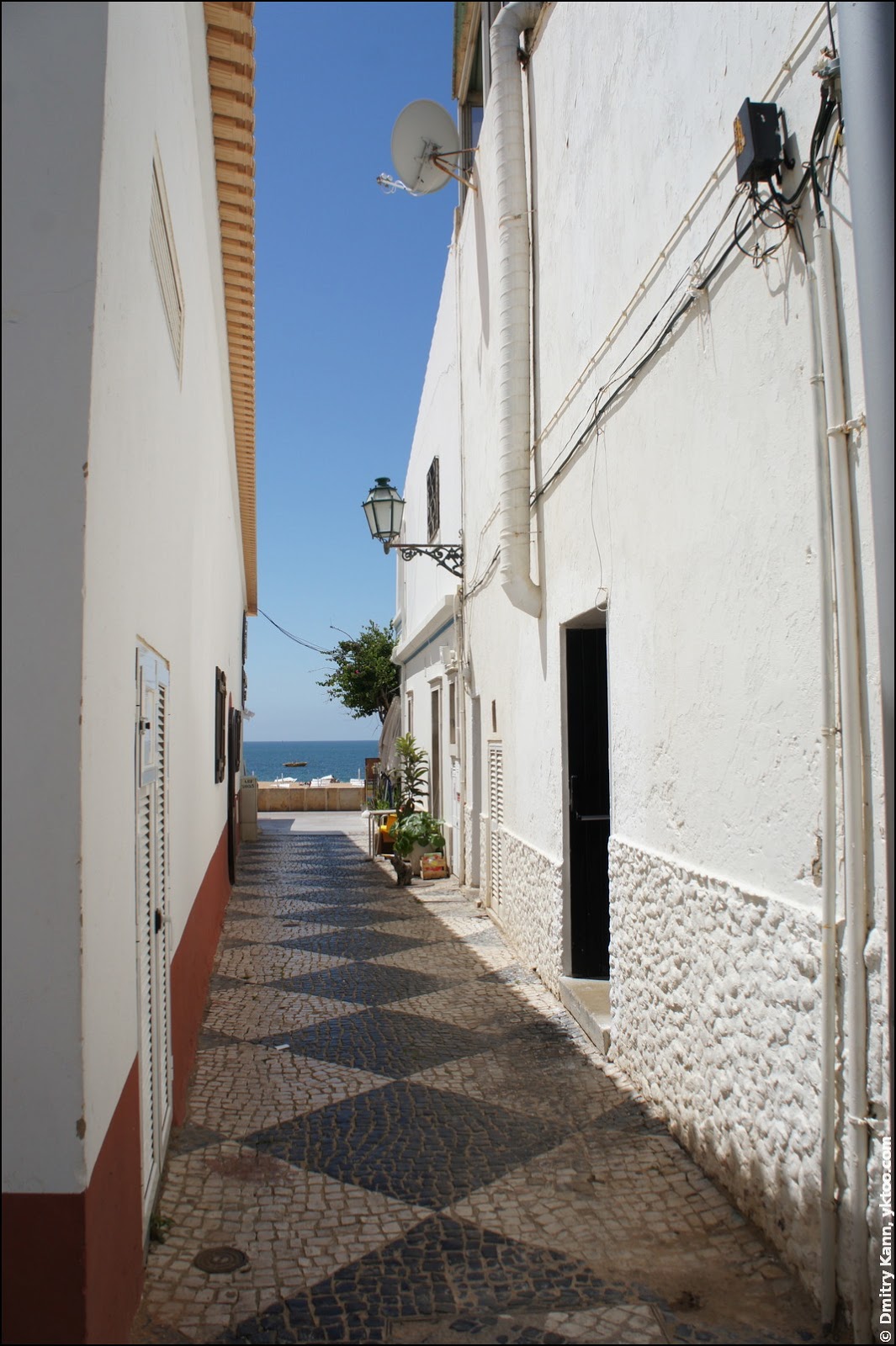
Albufeira’s own population is 22 thousand people, but it’s far outnumbered by tourists. Curiously enough, Gran Canaria is mostly visited by Germans whereas Albufeira is full of English, whose share among all tourists I’d estimate at 80%. No wonder English is everywhere: signs, menus, even a radio called KissFM Algarve, which we’ve been listening to all the time in our car. Restaurant staff is sometimes also of UK origin, and the rest speak English reasonably well.
The streets are narrow and often terribly surfaced, as anywhere in Algarve. There’s commonly no curb separating the road from the sidewalk, so they’ve set a metal fence to protect the pedestrians from being squashed, which leaves only a couple feet wide pathway along the houses:

The streets are so narrow and steep, and most of the cars have a manual gearbox, which requires from drivers uncanny accuracy, especially for parallel parking.
Also the Portuguese love roundabouts and build them all over the place. To be able to distinguish them, they give roundabouts different designs. For example, this is the Worm Roundabout:
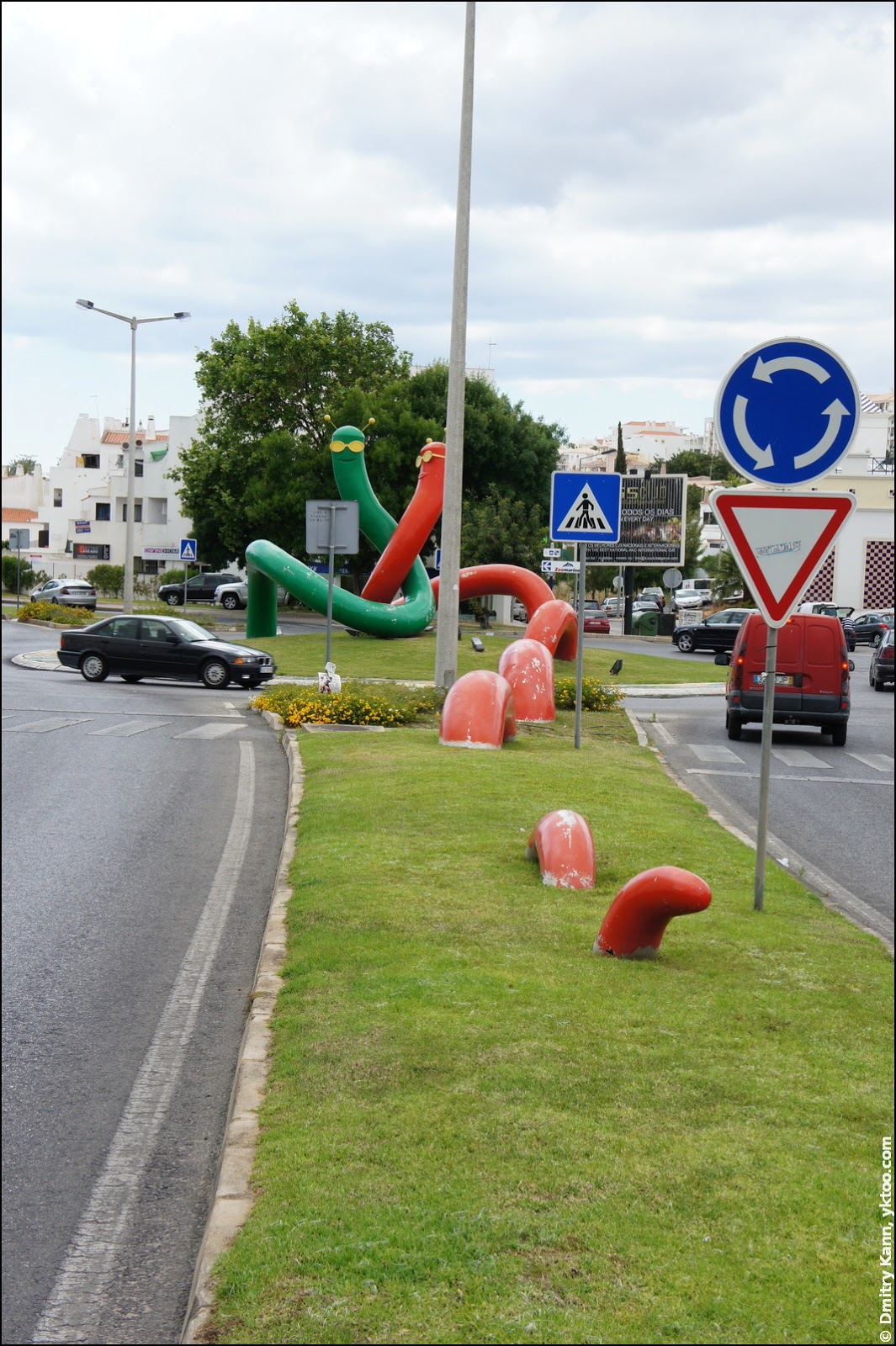
The architecture is a mix of shabby and new, ranged from this:

To this, aimed at rich Dutchmen (te koop means “for sale”):
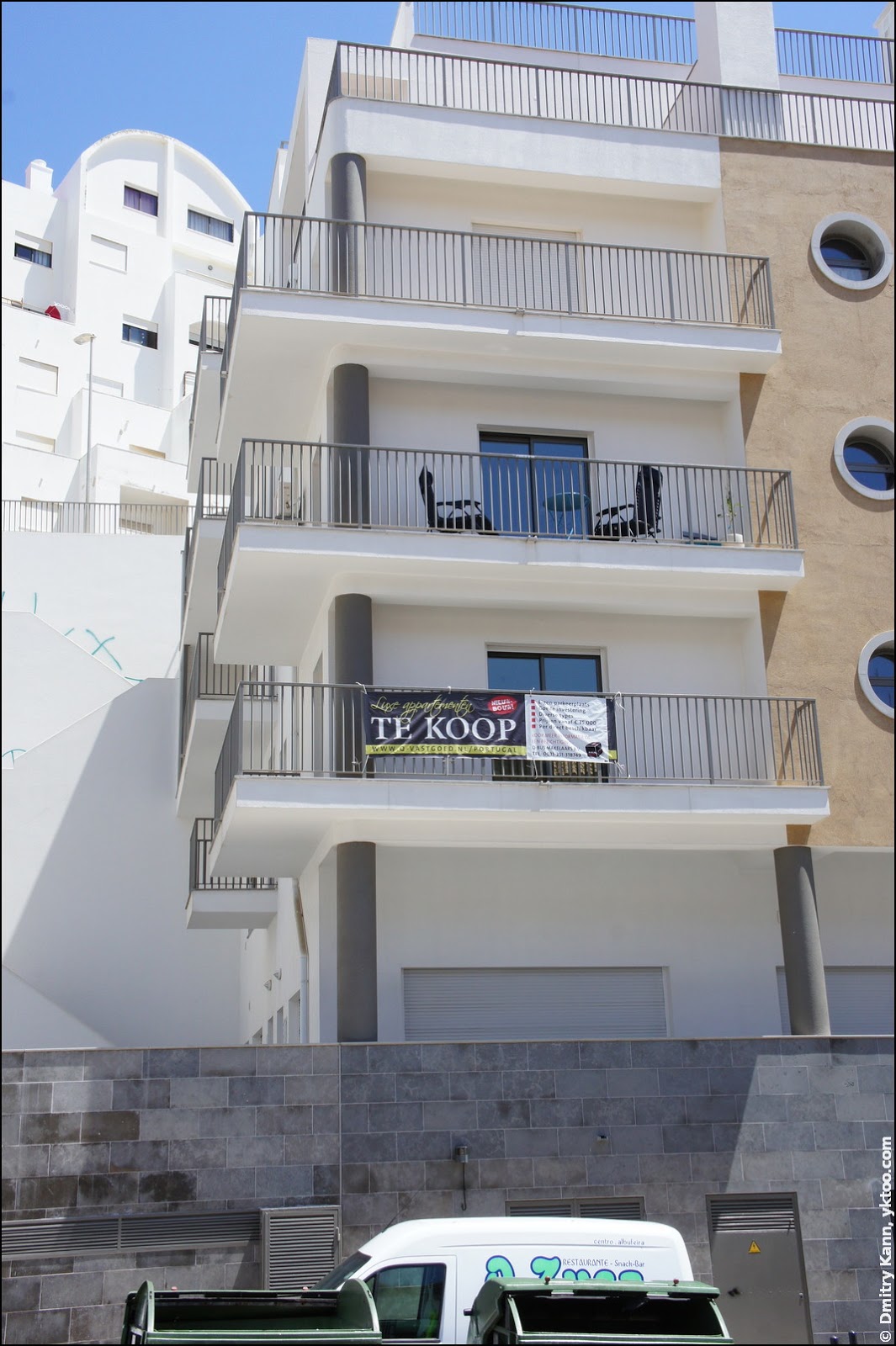
Any Portuguese town pays a lot of attention to street name plates, which are sometimes a piece of art:

Albufeira and Algarve as a whole mainly consist of restaurants and souvernir shops. The latter sell artisanry (artesanato in Portuguese). The items get also hung outside to draw public’s attention:
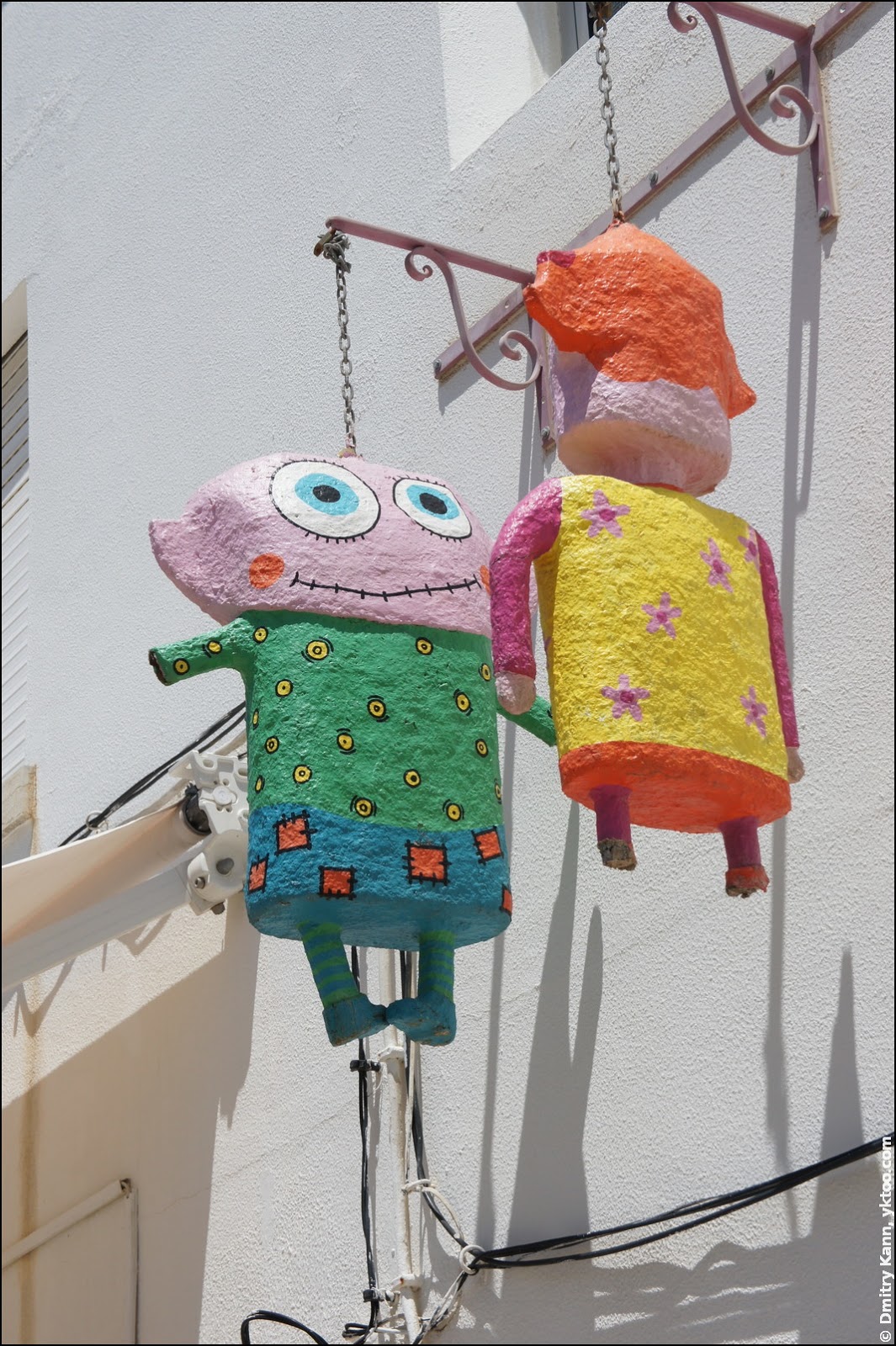
Another attribute of a coastal city is meagre cats taking sunbaths:
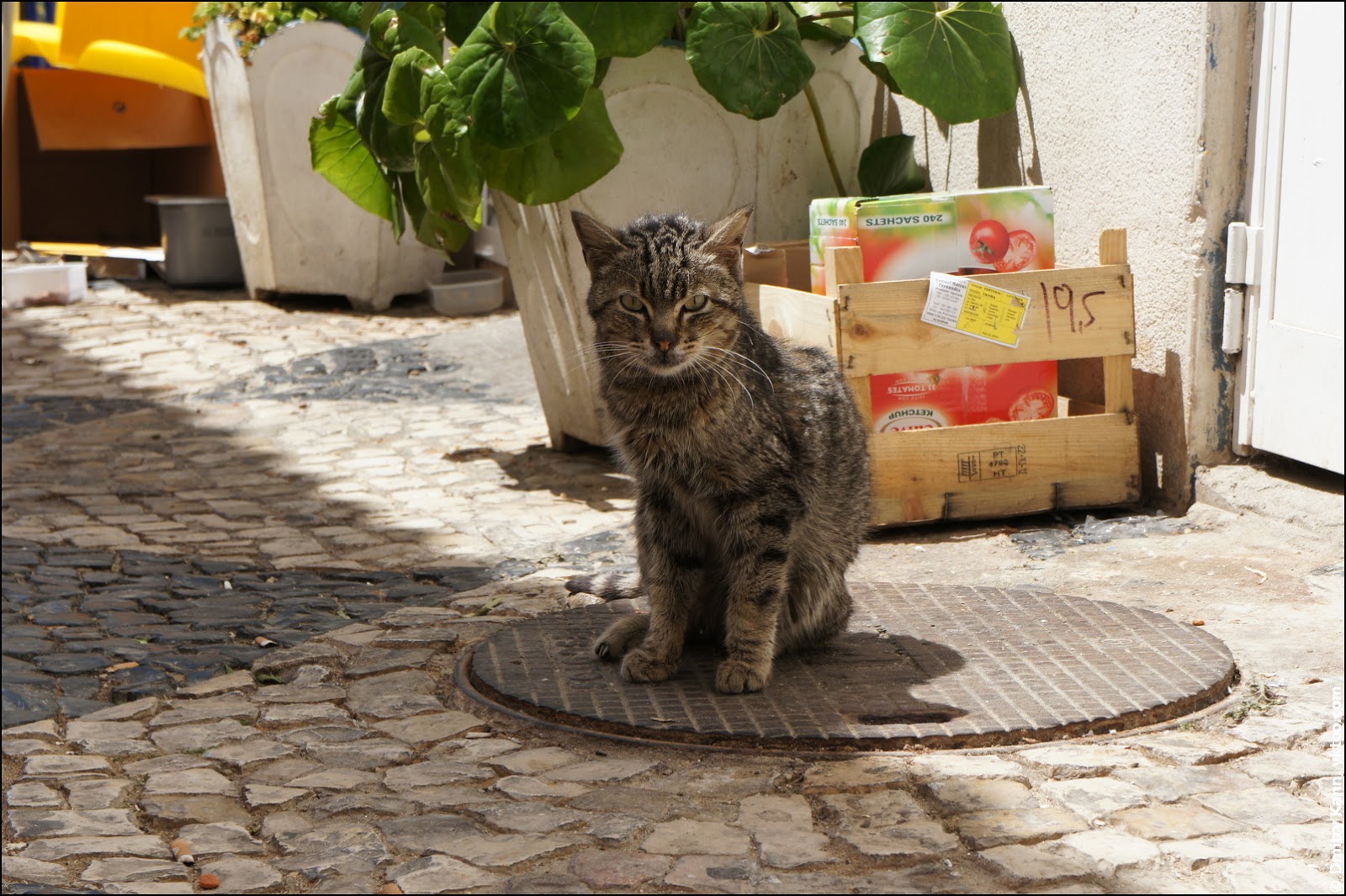
Albufeira beach is characterised by high concentrations of sand, ocean, sky and sunlight (neither shaken nor stirred).
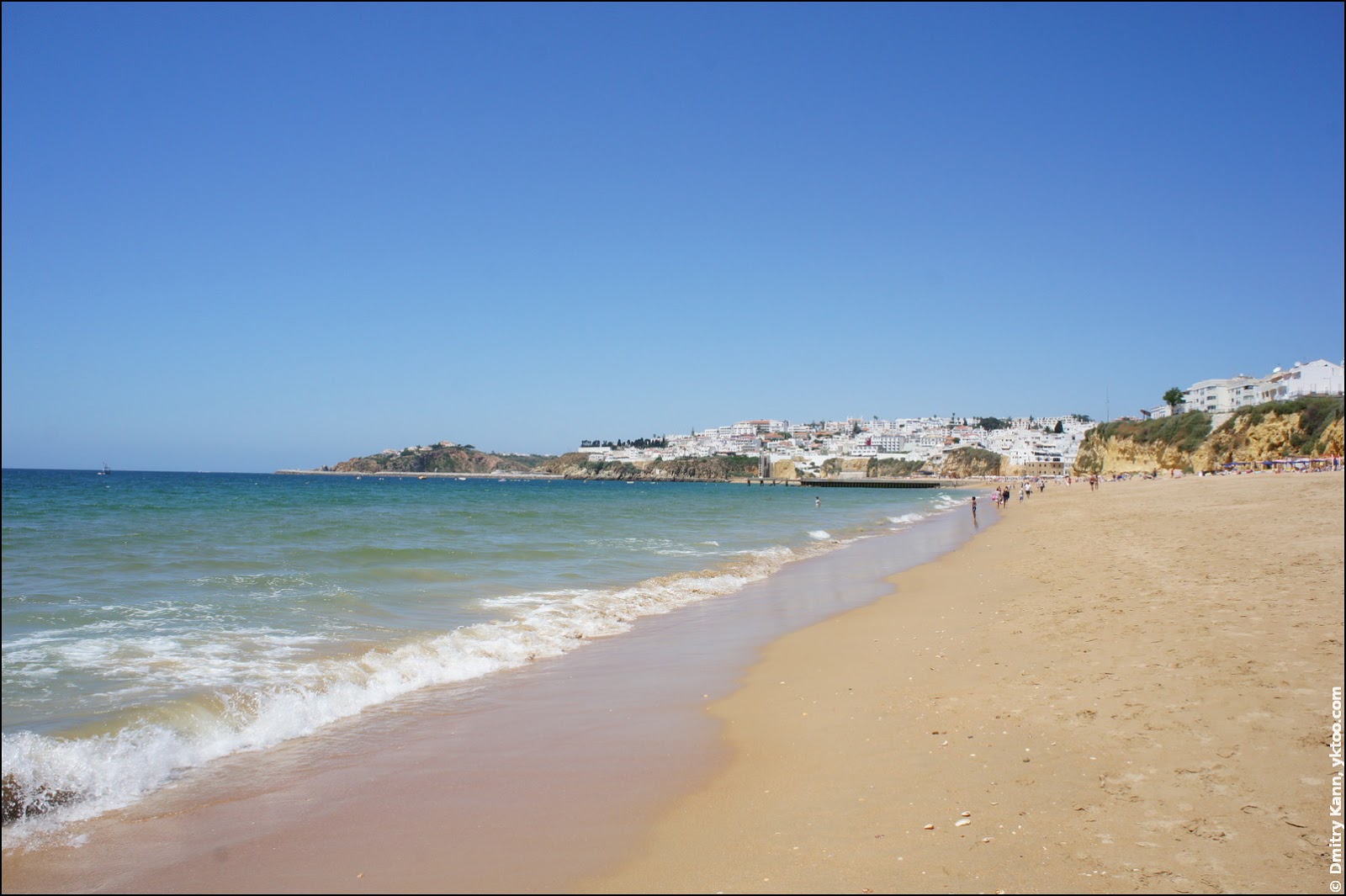
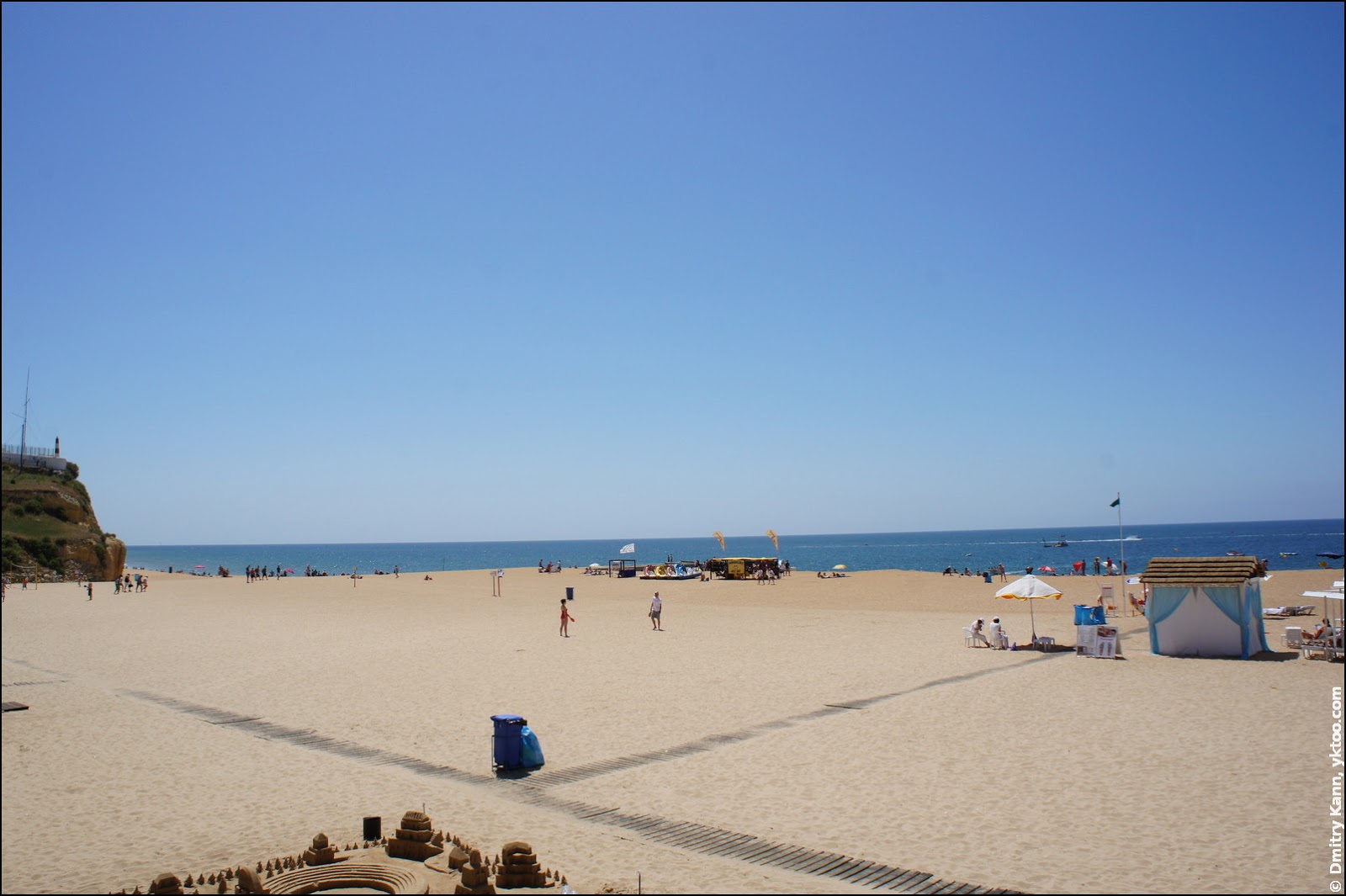
The ocean surf is washing myriads of seashells ashore and back.
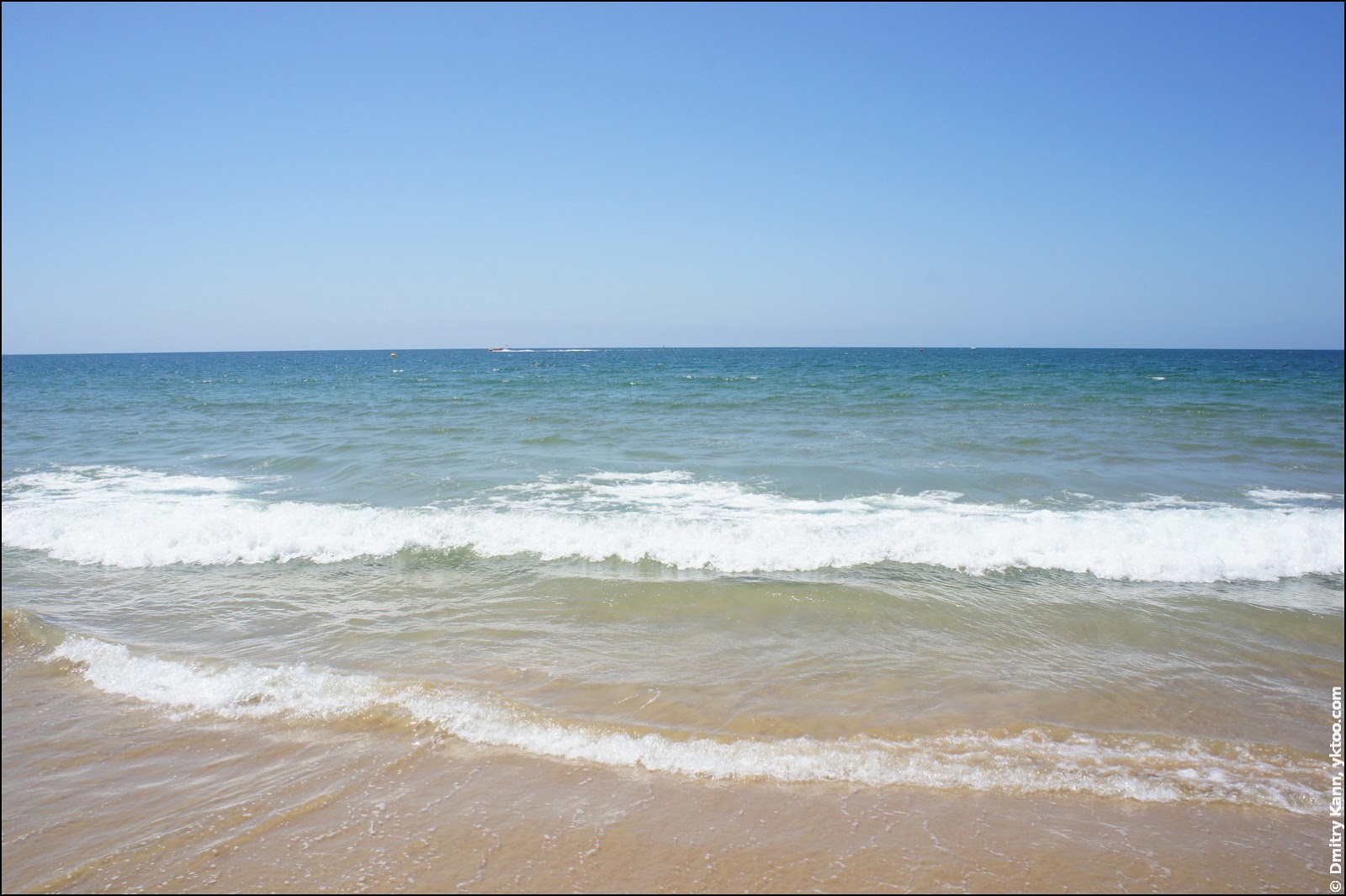
One can’t refrain from picking them. Dozens of people walk along the surfline, staring at the ground, looking for beautiful and undamaged ones (we’ve also collected a few pounds of them).
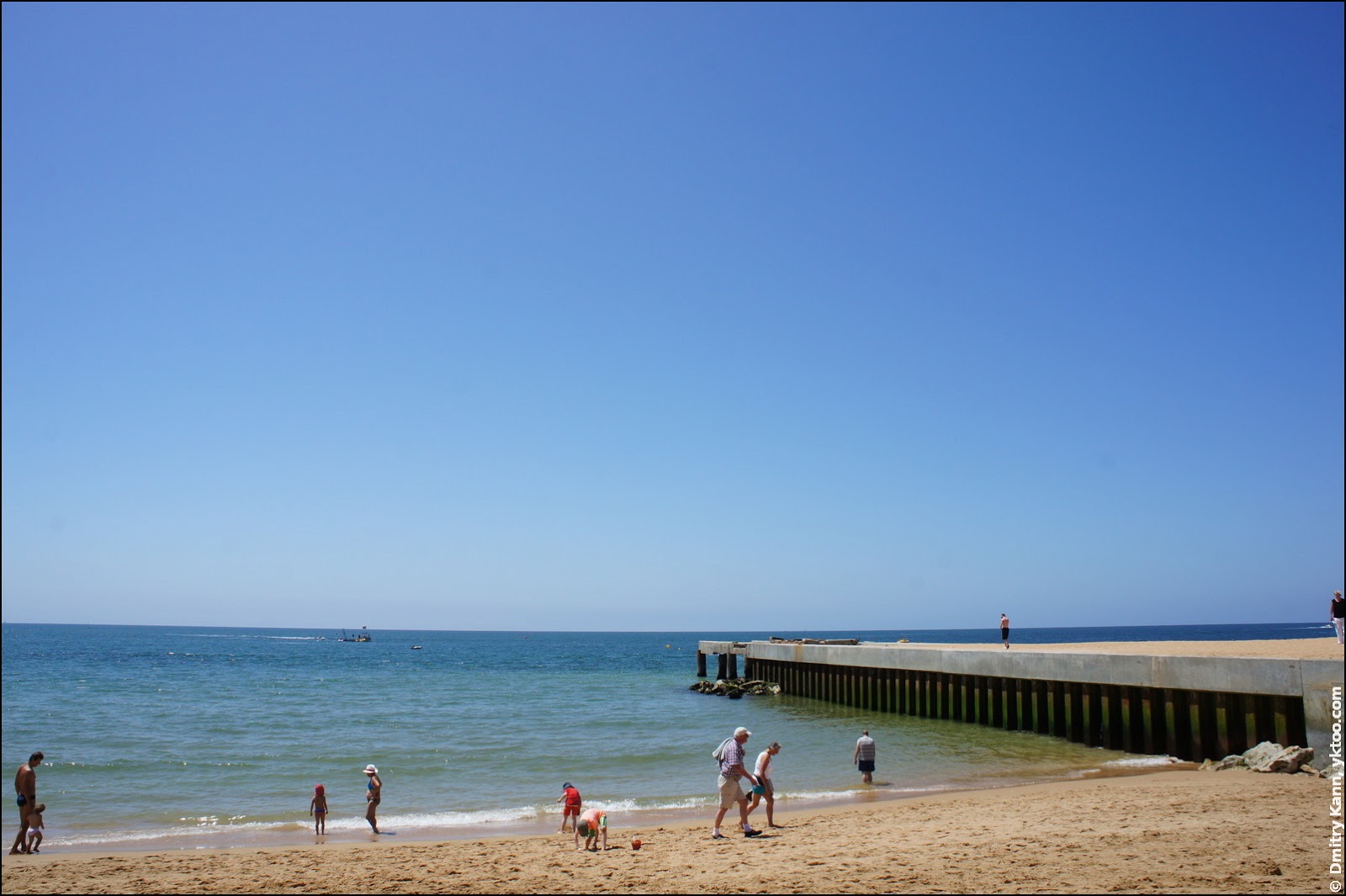
These are the most beautiful seashells we’ve got (next to a wine cork for size reference):
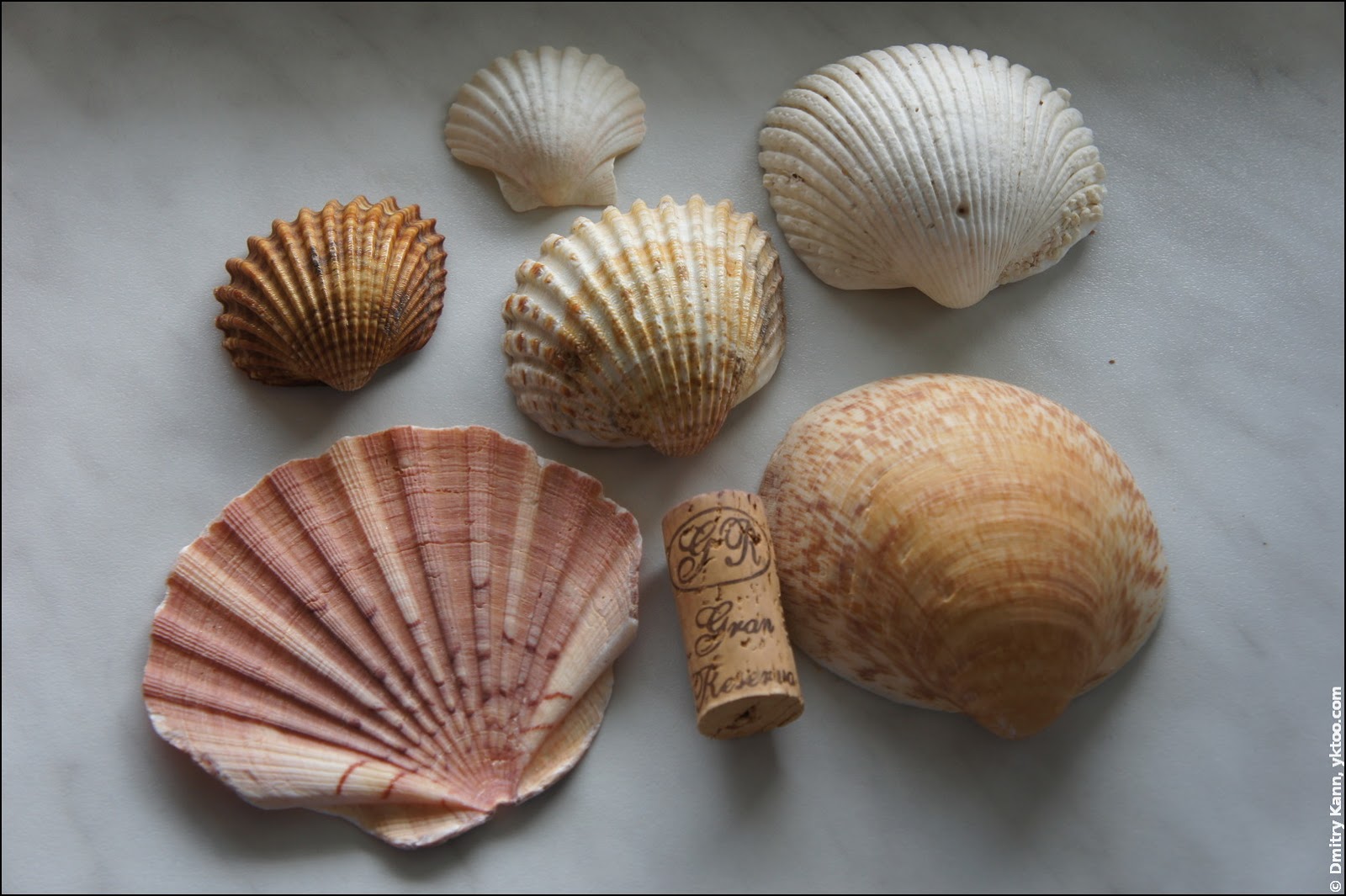
The water is freezing cold, I’d say 12° C (54° F), no one dares to swim and some don’t even undress.
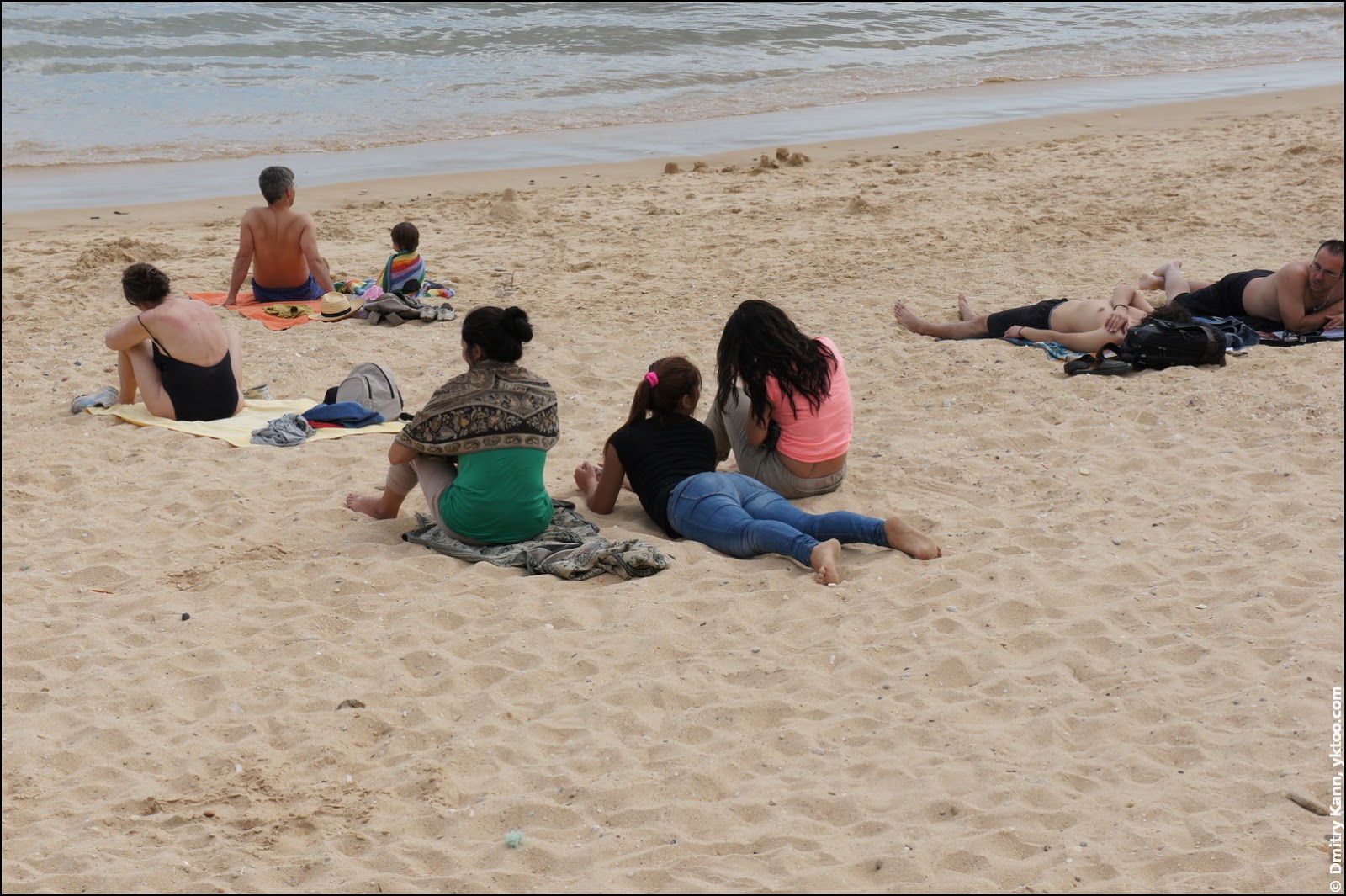
Well, I personally don’t mind the cold water. What else is the beach for anyway?!
Those interested neither in sunbathing nor swimming make sand sculptures:
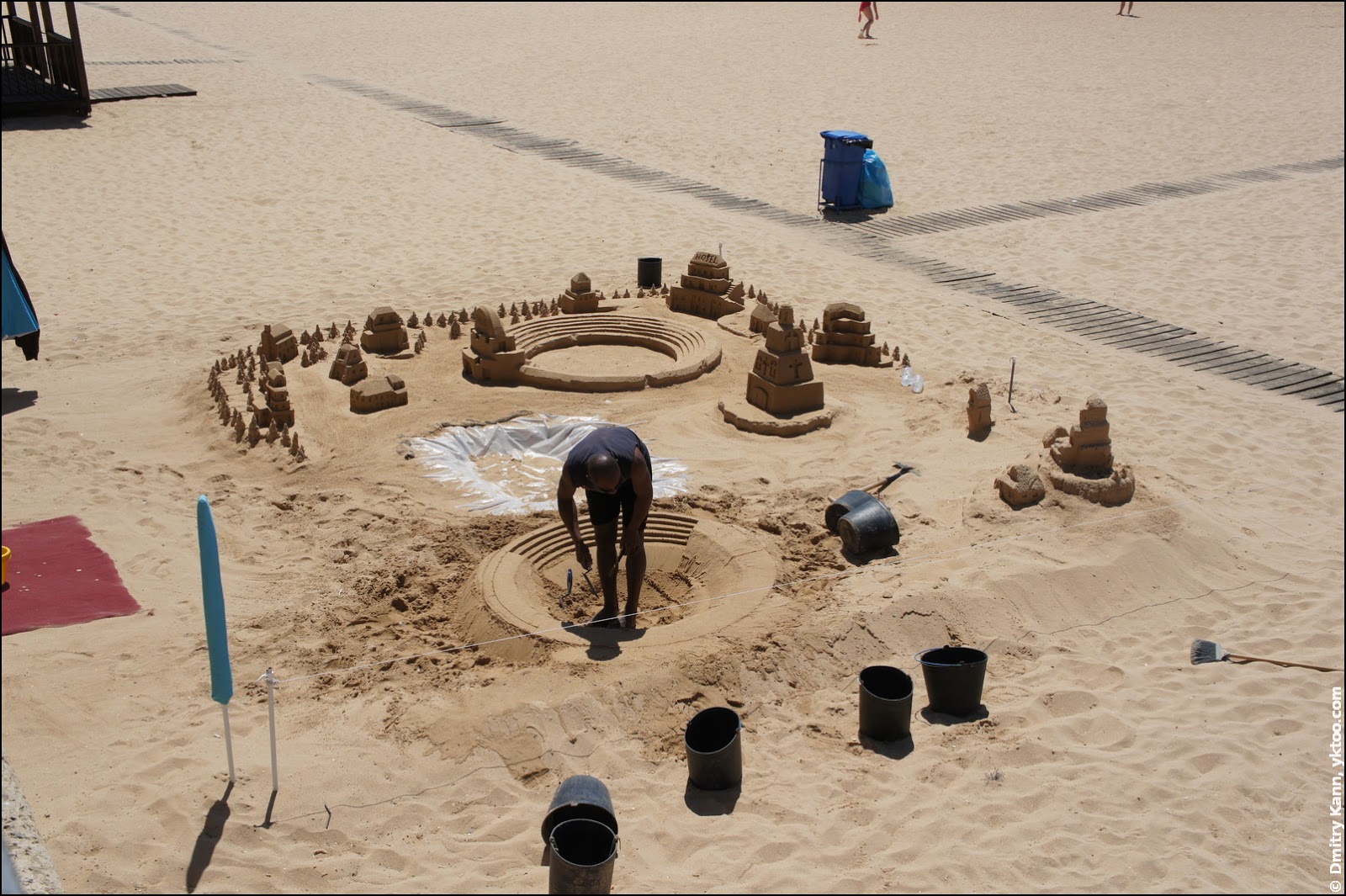
A Crocodile with a Baby, sweet:
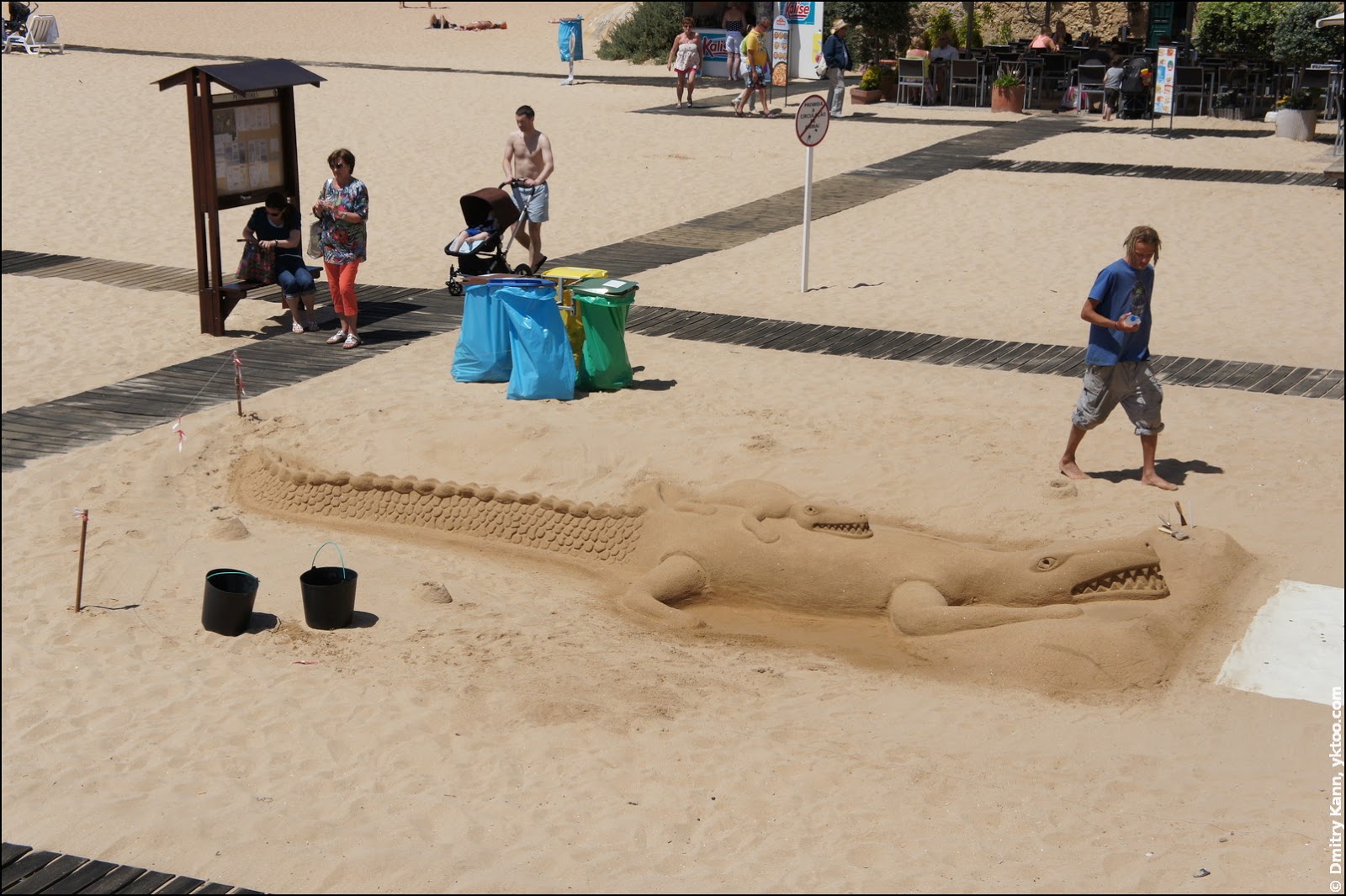
However it’s not nearly as impressive as FIESA.
As usual, sunbeds and parasols are for rent. The prices are quite touristic: two sunbeds and a parasol for € 15 a day.
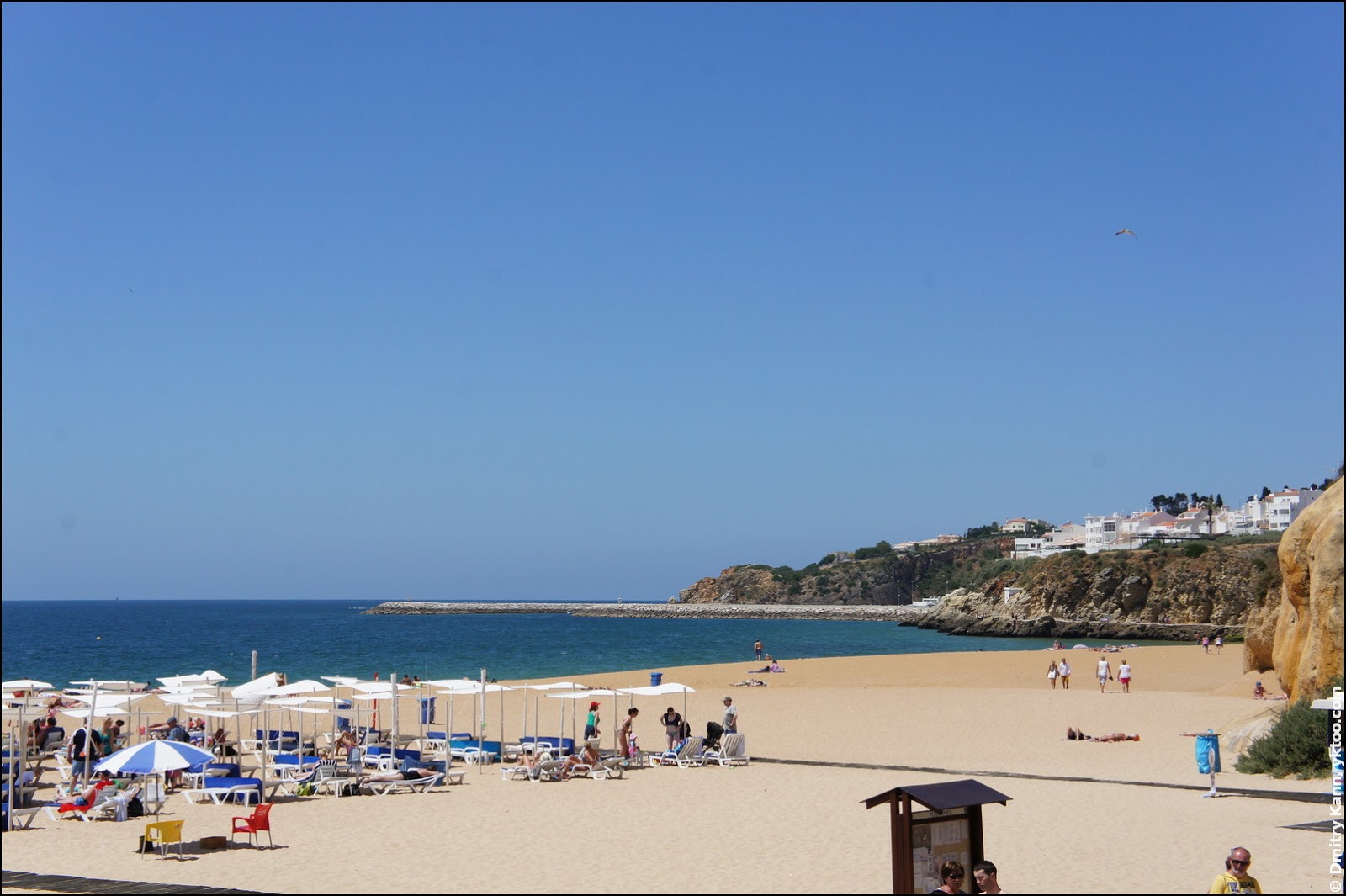
But the good news is no one’s going to charge you if you lie on the sand.
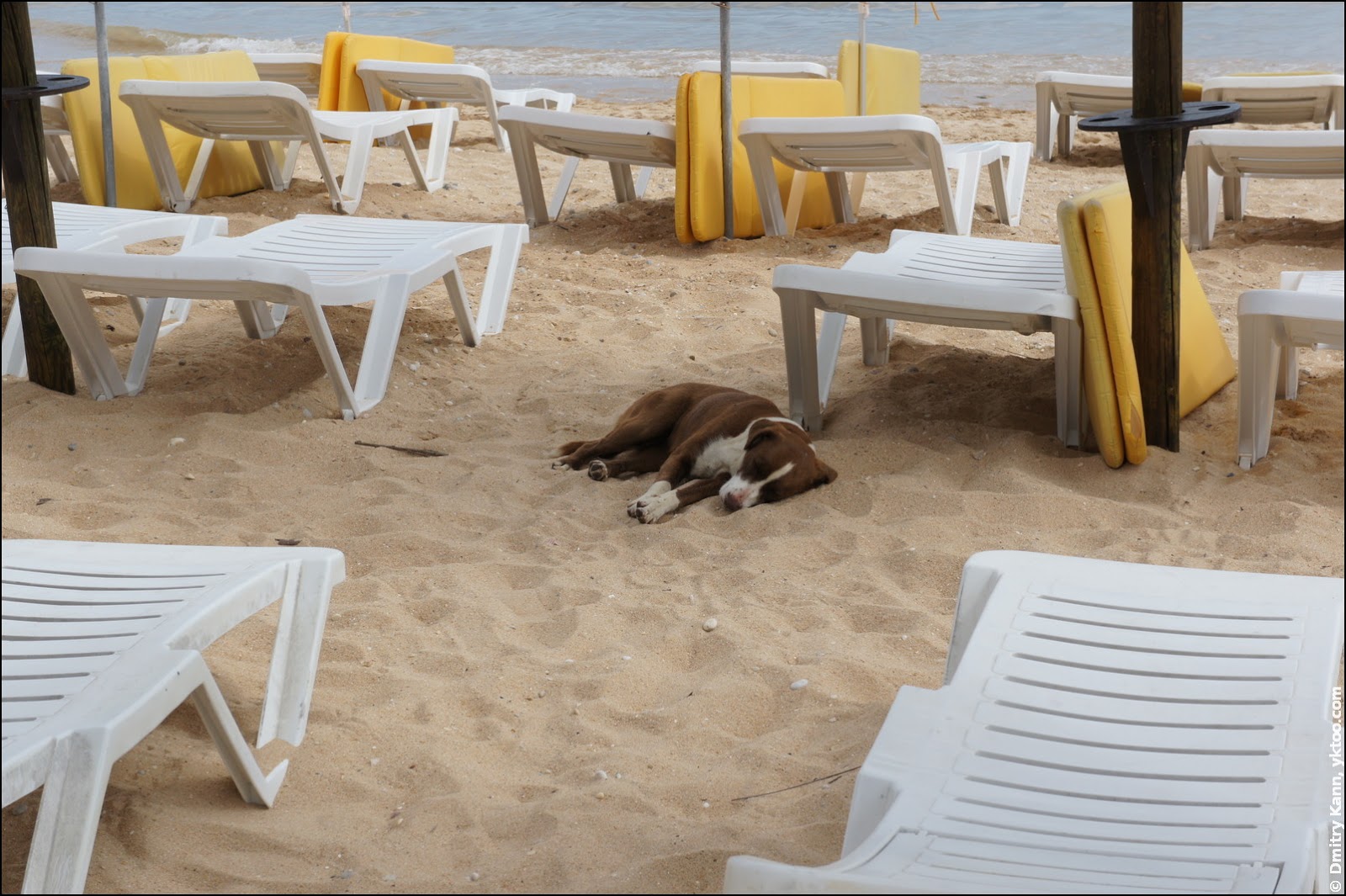
Next: Part 4. Alte
 — world’s fastest URL shortener
— world’s fastest URL shortener
Comments